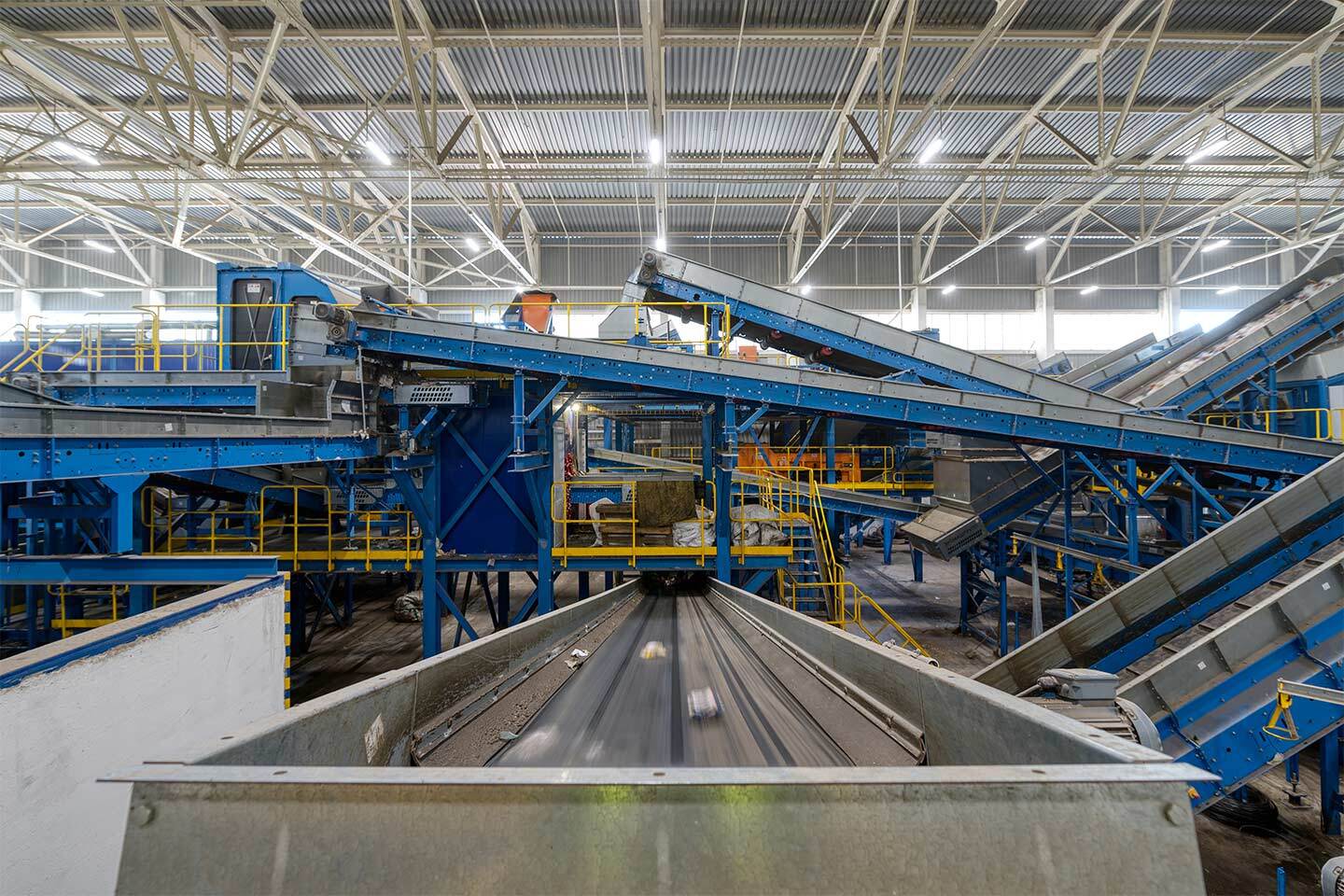We live in a consumer society which continuously produces large quantities of waste. The waste is a consequence of both fast-paced living but also production and global consumption, so it cannot be left unmanaged or sidelined. Rather, it must be handled with serious dedication. This is why we today have highly developed waste management procedures.
In our country, waste management is defined through legal regulations, i.e. the Law on waste management. Based on this legislation, it is established that the waste is primarily divided into three categories, based on which is decided who will manage the waste and in which manner.
Types of waste
The waste is divided into several categories. We have communal waste (household waste), commercial waste and industrial waste. The basic categorization of waste depending on its hazardous properties that may impact people’s health and the environment is the division into inert, hazardous and non-hazardous waste. The classification of waste according to the type of human activities that generate it defines the waste as packaging waste, agriculture and gardening waste, construction waste, medical and animal waste, ore and mineral raw material exploitation and extraction waste and sludge, deposits, ashes, gravel and the like. In order to manage all these types of waste, separate permits are required.
Hazardous and non-hazardous waste
The basic categorization of waste depending on the presence of any hazardous properties that may affect people’s health and the environment is into hazardous and non-hazardous waste.
Non-hazardous waste does not possess any hazardous properties.
Hazardous waste is the kind which may cause harm to our life environment or human health because it consists at least one property that makes it hazardous due to its origin, composition or concentration of hazardous materials: explosiveness, flammability, tendency to oxidize, being an organic peroxide, acute toxicity, infectivity, tendency to corrode or to release hazardous gas in contact with the air or water, or to release toxic substances when in contact with air or water, containing toxic substances with delayed chronic effects or has ecotoxic properties, as well as packaging that used to or does contain hazardous waste.
Managing hazardous waste
Hazardous waste must be managed in such a way that risk is reduced to an absolute minimum. There must be every precaution taken against endangering the health and lives of people as well as the wellbeing of our natural environment. Through controls and measures of hazardous waste reduction, actions must be taken to reduce the water, air and soil pollution, danger to plant and animal life, dangers from accidents, explosions or fires, negative influences on the environment and natural goods, noise levels and unpleasant odors.
The waste is transported inside a sealed vehicle, container or another suitable manner in order to prevent its spilling or fallout during transportation, loading and unloading and in order to prevent the pollution of air, water, soil and the environment in general. This kind of transportation refers to the transportation of waste from the manufacturer to the plant which must be undertaken with the highest level of security.
Permits required for waste management
The permit required for waste management is a legal act issued by the supervising law administration which grants a legal or physical entity the permission to collect, transport, import, export, transition, store, treat or manage waste and establishes the terms of waste handling in a way that minimizes the risk towards people and the environment.
According to the Law on waste management, hazardous waste may not be collected for management by any party which is not specifically licensed to do so. One integral permit for waste management may be issued for multiple activities by a single party.








